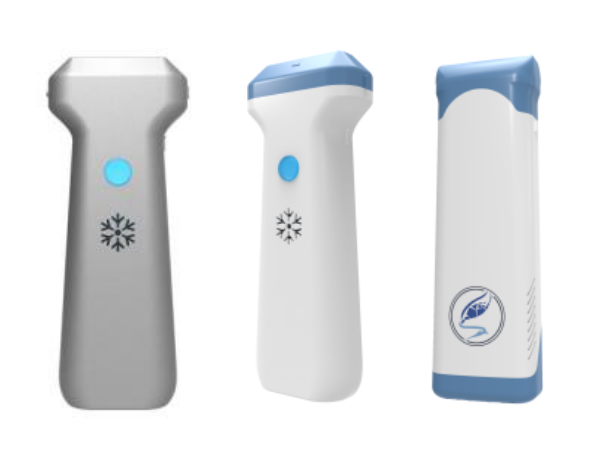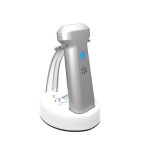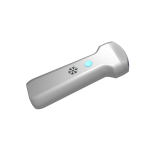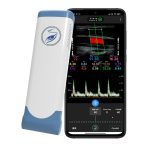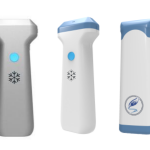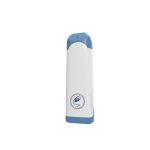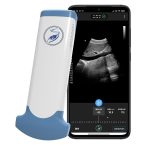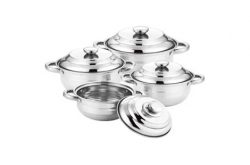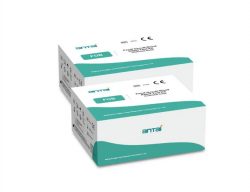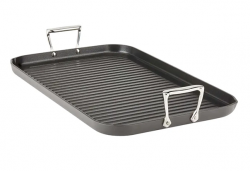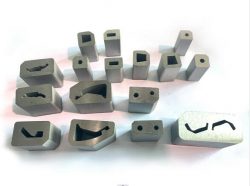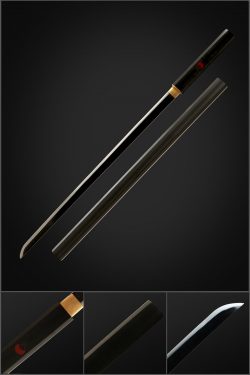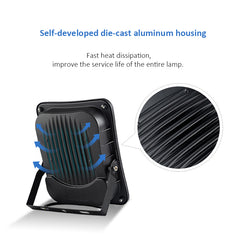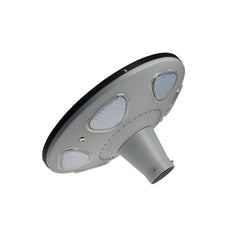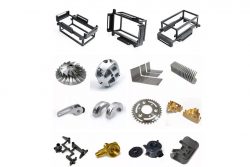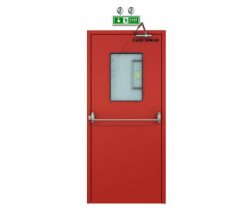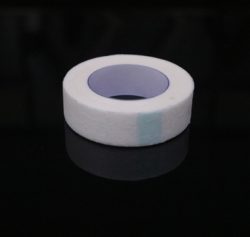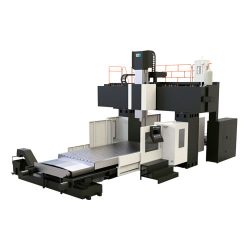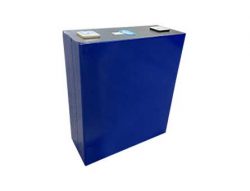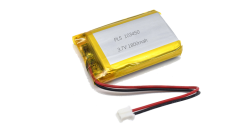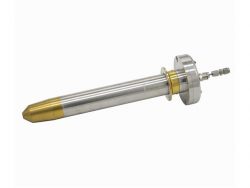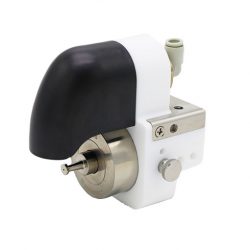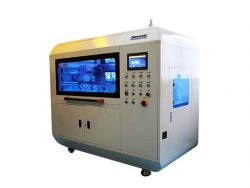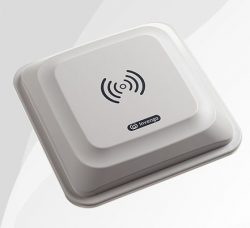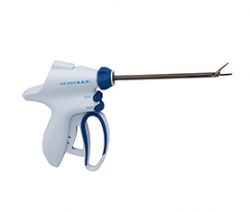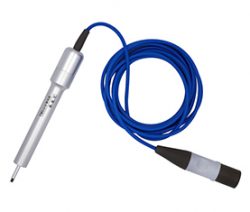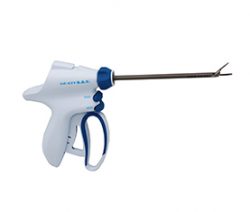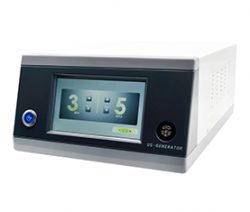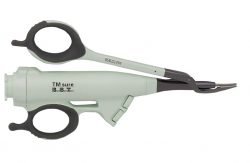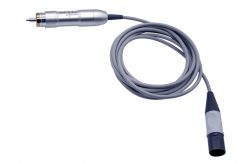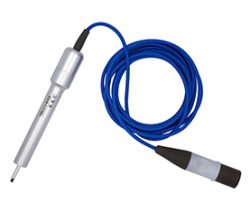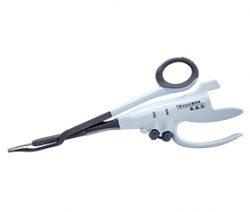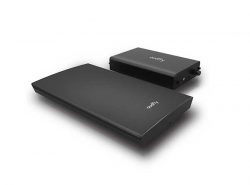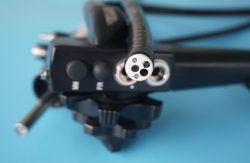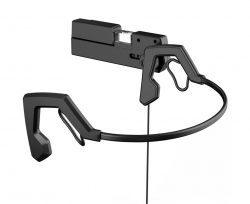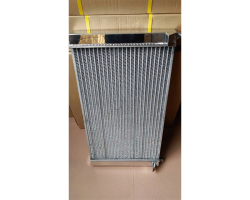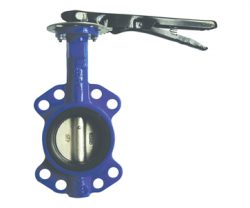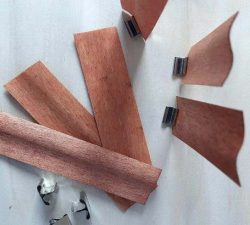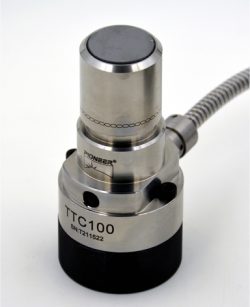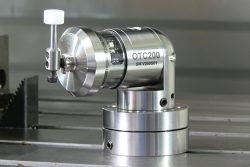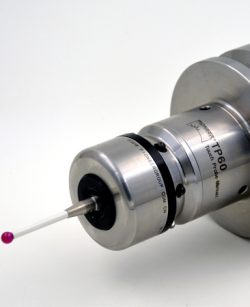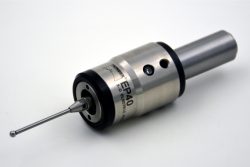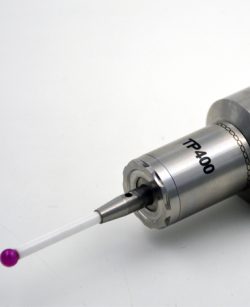Common Types Of Ultrasonic Probes
An ultrasonic sensor or a probe generates sound waves, and the reflections of the sound waves produce clear images of body tissues and organs, which is an important part of the ultrasound system. The following are the three most common ultrasound transducer types:
Linear ultrasound probe
As the name suggests, there is a linear piezoelectric structure. The beam shape is rectangular, and the near-field resolution is higher than average. Depending on the clinical application, the frequency, footprint, and application of the linear probe are likely to vary.
The probe used for 2D imaging has a wide coverage range, and its broadband frequency is 5-20 MHz. It is used to examine the breast, thyroid, tendons and blood vessels, and to measure the thickness of carotid artery disease.
Convex ultrasound probe
Also commonly called a curved probe, there is a curved piezoelectric crystal arrangement, and the beam is convex.
The probe used for 2D imaging has a wide coverage range, and its broadband frequency is about 2.5 MHz-7.5 MHz, which can be used for abdominal and vaginal examinations.
The probe used for 3D imaging has a wide field of view, and its broadband frequency is 3.5 MHz-6.5 MHz. 3D bending probes usually use electromechanical moving parts in the head, and are usually used to diagnose pregnancy abnormalities.
Phased array ultrasound probe
The phased array ultrasound probe is so named because the crystals are arranged in a “stacked” structure. The beam is very narrow, close to a triangle, and the near-field resolution is poor. This kind of probe has a small footprint and a broadband frequency of 2-6 MHz. It is mainly used for cardiac and transcranial examinations.
Other types of ultrasound probe
Such as the pencil type, intracavity type and transesophageal type, all have a specific purpose: to check blood flow, internal cavity and heart respectively. Some probes, such as laparoscopic probes, are specifically designed for surgical procedures.
